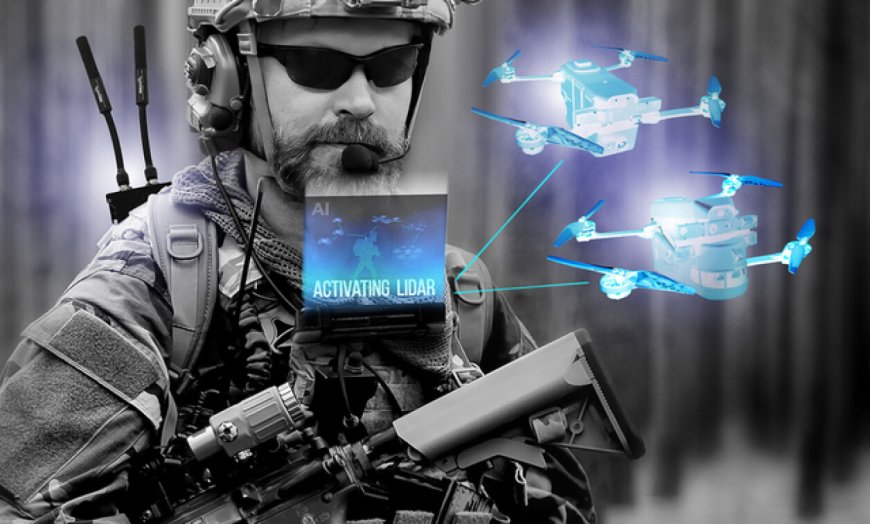AI-Powered Drones Revolutionize Disaster Relief Efforts
Cutting-edge AI Algorithms Enable Drones to Assist First Responders in Real-time

In a remarkable leap forward for technology's role in disaster relief, AI-powered drones are changing the game by providing critical real-time support to first responders in disaster-stricken areas. These drones, equipped with advanced artificial intelligence algorithms, are proving to be invaluable assets in saving lives and streamlining emergency response efforts.
AI at the Helm:
Traditionally, disaster relief efforts have been hampered by the challenges of assessing damage, locating survivors, and coordinating aid. AI-driven drones are now taking center stage, thanks to their ability to process vast amounts of data and make informed decisions on the fly.
Real-time Disaster Assessment:
These AI-powered drones are equipped with a suite of sensors, including high-resolution cameras, infrared sensors, and environmental detectors. As they fly over disaster-affected regions, they capture data about the terrain, infrastructure damage, and even the vital signs of survivors.
Enhanced Search and Rescue:
The AI algorithms on board analyze this data in real-time, identifying potential survivors and hazards. This analysis not only speeds up the search and rescue process but also helps prioritize critical actions, ensuring that responders reach those in urgent need more quickly.
Optimizing Aid Delivery:
Beyond search and rescue, AI drones are also assisting in the efficient distribution of aid. They can locate safe drop zones for supplies, assess accessibility, and even create 3D maps of the affected areas to aid ground teams in planning their operations.
A Game Changer for Disaster Relief:
The use of AI in disaster relief is already proving its worth. Recent deployments in earthquake-stricken regions and hurricane aftermaths have demonstrated significantly reduced response times and more accurate damage assessments.
Challenges and Future Developments:
While AI-powered drones represent a significant advancement, challenges remain, including navigating complex and unpredictable environments and ensuring the privacy and security of data collected. Researchers and developers are working tirelessly to refine the technology further.
Moreover, the potential applications of AI in disaster relief are expanding. Researchers are exploring the use of machine learning algorithms to predict disaster scenarios, allowing for more proactive and preventative measures.
As the synergy between AI and drones continues to evolve, we can expect even more innovative solutions that will transform the way we respond to disasters. With technology like this, we are not only better equipped to save lives but also to mitigate the devastating effects of natural and man-made disasters. The future of disaster relief is here, and it's powered by AI.







